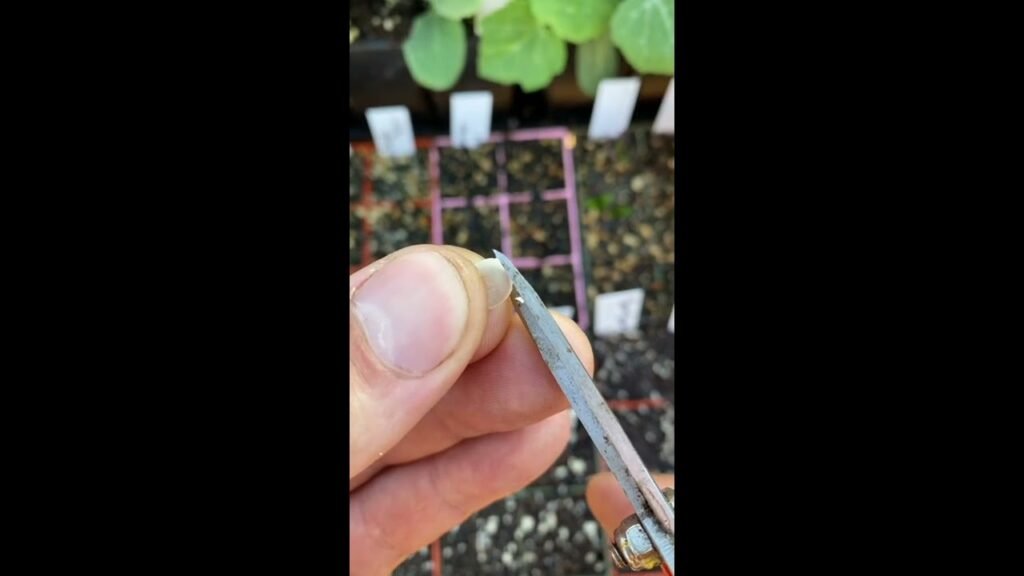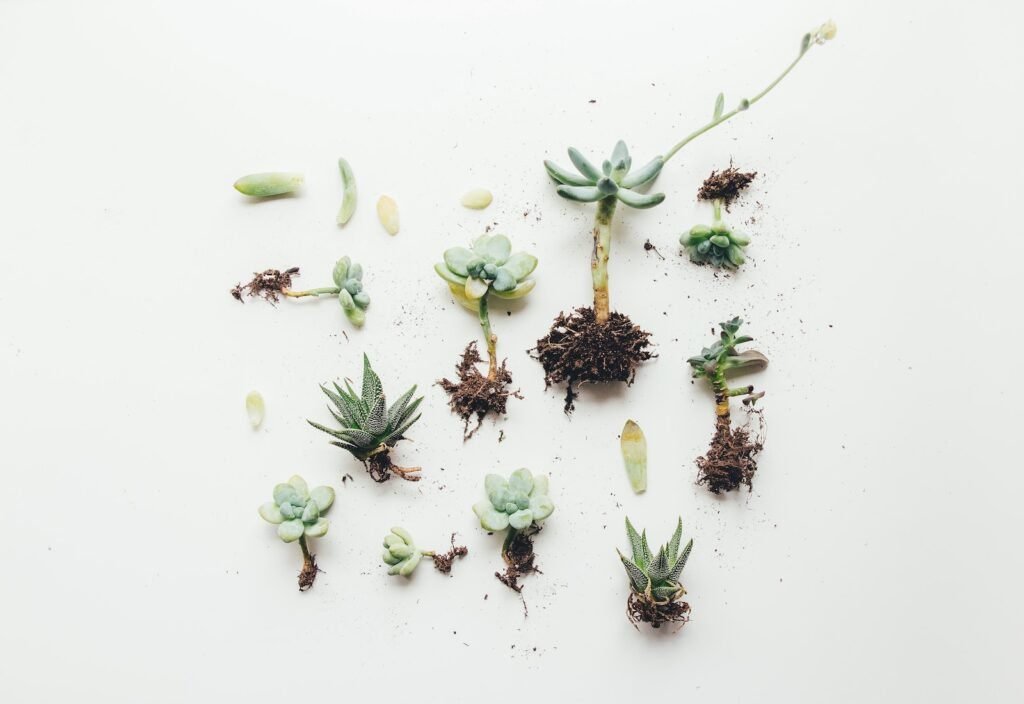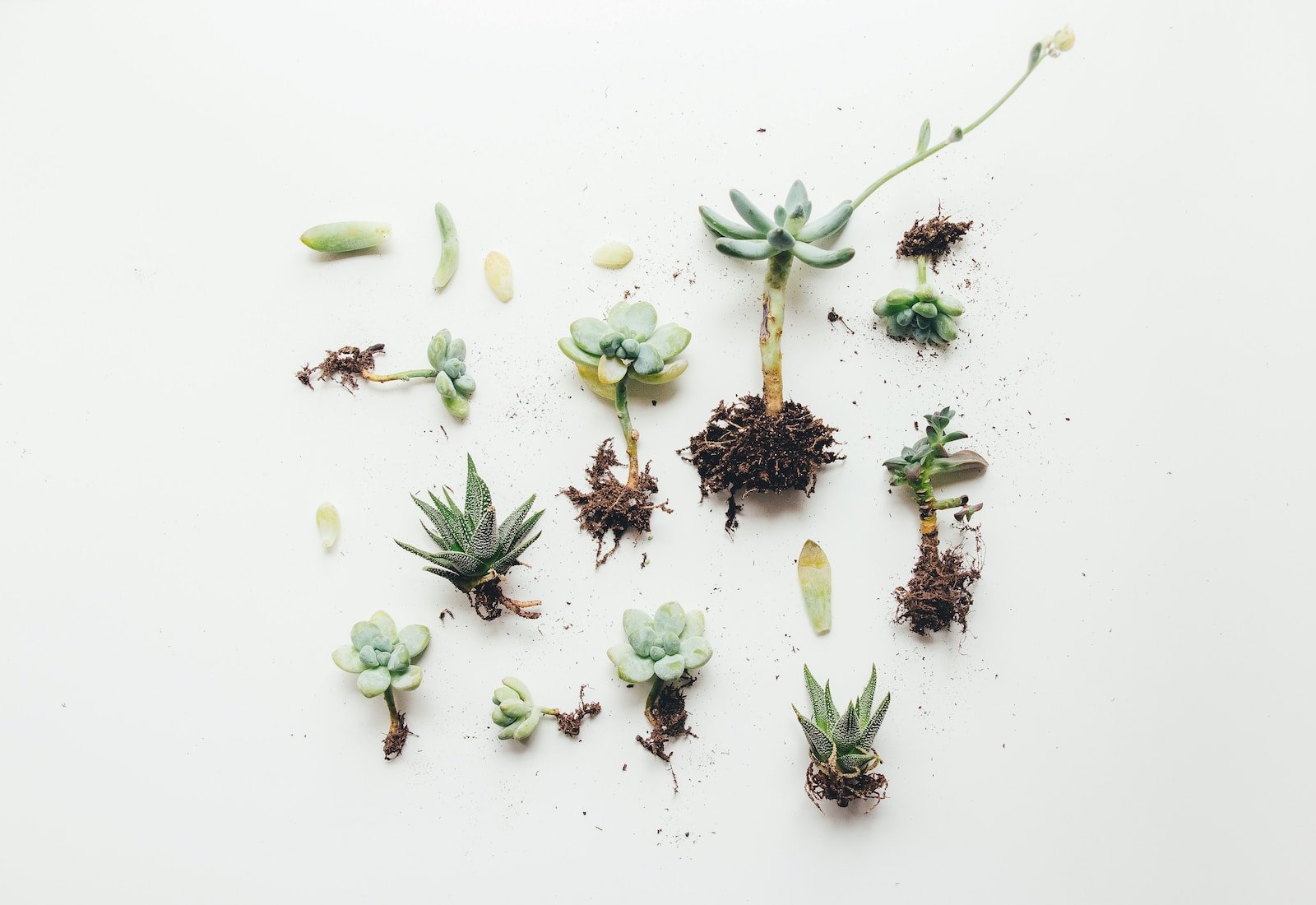If you’re new to succulents and want to create a stunning garden bed filled with these hardy plants, you might be wondering how to arrange them for maximum impact. With their vibrant colors and unique shapes, succulents can add a touch of natural beauty to any outdoor space. Whether you’re aiming for a symmetrical layout or a more organic, free-flowing design, this article will provide you with practical tips and ideas to help you arrange succulents in a garden bed that will leave your neighbors green with envy.
Choosing the Right Succulents
When it comes to choosing the right succulents for your garden bed, there are a few factors to consider. The first one is the climate in your area. Succulents thrive in warm and dry climates, so if you live in an area that experiences extreme cold or high humidity, you might need to select cold-resistant or heat-tolerant varieties.
Another important consideration is selecting succulents with similar care requirements. Since different succulents have different water and sunlight needs, it’s best to group together plants with similar preferences. This will make it easier for you to take care of them and ensure that they all thrive in your garden bed.
Lastly, think about choosing a variety of shapes and colors. Succulents come in a wide range of shapes, from spiky to round, and colors, from vibrant greens to deep purples. By selecting succulents with different shapes and colors, you can create a visually interesting and dynamic garden bed.
Preparing the Garden Bed
Before you start arranging your succulents, it’s important to prepare the garden bed. This involves a few steps to ensure the optimal growing conditions for your plants.
Firstly, clear the area of any weeds or debris. This will give your succulents a clean and fresh start. Next, work on improving soil drainage. Succulents don’t like to sit in waterlogged soil, so make sure the area has good drainage. You can achieve this by adding sand or perlite to the soil.
Adding organic matter to the soil is also beneficial for succulents. This can be done by incorporating compost or well-rotted manure into the soil. Organic matter helps retain moisture and provides essential nutrients to the plants.
Lastly, consider the sunlight conditions in the garden bed. Succulents thrive in bright, indirect sunlight. If your garden bed receives full sun, you may need to provide some shade to protect your succulents from intense heat. This can be achieved by using shade cloth or strategically placing taller plants to provide some shade.

Arranging Succulents for Optimal Growth
Now that your garden bed is ready, it’s time to arrange your succulents for optimal growth. There are a few factors to consider when arranging them.
First, start by mapping out the design of your garden bed. You can do this by placing your succulents on the ground or using a sketch on paper. This will give you an idea of how the final arrangement will look.
Grouping similar succulents together is a great way to create visual cohesion in your garden bed. This could mean grouping succulents of the same species or ones that have similar shapes or colors. By doing this, you can create a sense of harmony and balance in your design.
Consider the height and spacing of your succulents. Taller succulents can be placed at the back to create a layered effect, while smaller ones can be placed towards the front. Make sure to leave enough space between each succulent so that they have room to grow and expand.
Mixing different textures and forms can add visual interest to your garden bed. Combining succulents with spiky leaves, smooth leaves, and furry textures can create a stunning display. Don’t be afraid to experiment and play with different combinations.
Lastly, think about creating beautiful color combinations. Pair succulents with contrasting colors, such as green and purple, or create a monochromatic design with different shades of the same color. The possibilities are endless, so have fun with it!
Planting Succulents
Now that you have arranged your succulents, it’s time to plant them in the garden bed.
Start by preparing your succulent cuttings or plants. If you are using cuttings, let them dry and form calluses for a few days before planting. This will help prevent rot.
Digging the planting holes is the next step. Make sure the holes are deep enough to accommodate the roots of your succulents. Gently place the succulents in the holes, making sure to spread out the roots.
Properly placing the succulents in the garden bed is crucial for their growth. Make sure they are planted at the same depth as they were in their original pots. This will ensure that the plants establish strong root systems.
Once the succulents are in place, backfill the holes with the soil and gently firm it around the plants. Avoid packing the soil too tightly, as this can prevent proper drainage.

Maintaining Succulents in the Garden Bed
To keep your succulents healthy and thriving in the garden bed, there are a few maintenance tasks you should regularly perform.
When it comes to watering succulents, less is more. These plants are adapted to survive in arid conditions, so they don’t need frequent watering. Allow the soil to dry out between waterings, and make sure to water deeply and thoroughly when you do water. Avoid overwatering, as this can lead to root rot.
Fertilizing succulents is not always necessary, as they can often get the nutrients they need from the soil. However, if your succulents appear pale or leggy, you can use a balanced, water-soluble fertilizer diluted to half strength. Apply the fertilizer sparingly, as overfertilizing can harm the plants.
Pruning and cleaning your succulents is important for maintaining their shape and removing any dead or diseased parts. Use clean and sharp pruning shears to cut back any overgrown or damaged areas. Additionally, remove any fallen leaves or debris from the garden bed to prevent pests and diseases.
Protecting your succulents from pests and diseases is crucial for their overall health. Check your plants regularly for signs of pests like mealybugs or aphids. If you notice any infestations, treat them with an appropriate insecticide or remove the affected parts. It’s also important to ensure good airflow around the plants to prevent fungal infections.
Dealing with Common Challenges
While succulents are generally easy to care for, they can face a few common challenges that you should be aware of.
Overwatering and underwatering are common issues that succulent growers face. It’s important to find the right balance and water your succulents appropriately. Remember that these plants prefer dry conditions, so it’s better to underwater than overwater.
Sunburn and sun damage can occur if succulents are suddenly exposed to intense sunlight without acclimating first. If you notice that your succulents are developing white or brown patches, move them to a shadier location and gradually expose them to more sunlight.
Root rot is a serious issue that can occur if succulents are overwatered or if they are planted in poorly draining soil. Signs of root rot include wilting, blackened roots, and a foul odor. If you suspect root rot, it’s best to remove the affected plant and adjust your watering practices.
Lastly, succulents can be susceptible to insect infestations like mealybugs, aphids, or scale. Regularly inspect your plants for any signs of pests and treat them promptly to prevent further damage.
Creating Visual Interest with Succulents

Succulents are not only beautiful on their own, but they can also be used to create visual interest in your garden bed. Here are a few ideas to enhance the beauty of your succulent display:
Adding vertical elements, such as trellises or wall-mounted planters, can add height and dimension to your garden bed. You can train certain succulents to grow vertically, or use trailing varieties to create a cascading effect.
Using containers or pots is another way to create visual interest. Place a cluster of succulents in a decorative pot and arrange them as a focal point in your garden bed. You can mix different succulent varieties in the same container to create a vibrant and eye-catching display.
Incorporating succulent art and sculptures can add a unique touch to your garden bed. You can place metal or ceramic sculptures among your succulents, or create your own DIY succulent art using frames or wreaths.
Combining succulents with other plants can create a striking contrast. Pair them with colorful flowers, ornamental grasses, or other drought-tolerant plants to create a beautiful and diverse garden bed.
Creating contrast with rocks and gravel is another way to enhance the beauty of your succulents. Use different sizes and colors of rocks to create pathways or borders around your succulents. Gravel can also help improve soil drainage and prevent weed growth.
Design Ideas for Succulent Garden Beds
Now that you have a good understanding of how to arrange and maintain succulents in your garden bed, here are a few design ideas to inspire you:
A monochromatic design focuses on using different shades of the same color. For example, you can create a garden bed using various shades of green succulents for a calming and cohesive look.
A drought-tolerant garden is perfect for areas with limited water resources. Combine different types of succulents that are adapted to arid conditions, along with rocks and gravel, to create a low-maintenance and water-wise garden bed.
A rock garden is a great way to showcase the natural beauty of succulents. Use rocks of different sizes and shapes to create a rugged and textured landscape. Plant succulents in between the rocks to create a visually captivating display.
For a touch of tropical paradise, create a succulent garden bed with exotic varieties that evoke a tropical oasis. Combine succulents with bold foliage and vibrant flowers to create a lush and tropical atmosphere.
A formal and symmetrical layout can add a touch of elegance to your garden bed. Arrange your succulents in straight lines or geometric patterns for a sophisticated and polished look.
If you prefer a more wild and natural look, create a garden bed that mimics the natural landscape. Arrange your succulents in a haphazard manner and let them grow freely, creating a natural and organic feel.
Seasonal Care for Succulent Gardens
To ensure the long-term health and beauty of your succulent garden bed, it’s important to provide seasonal care and maintenance.
In cold climates, winter protection is essential to prevent frost damage to your succulents. Move potted succulents indoors or provide them with frost protection, such as frost cloths or blankets. In the garden bed, cover the plants with straw or mulch to provide insulation.
In hot and sunny climates, summer heat and sun protection is important to prevent sunburn and heat stress. Provide shade for your succulents during the hottest part of the day, or use shade cloth to filter the intense sunlight.
Spring is the perfect time for pruning and maintenance. Remove any dead or damaged parts from your succulents to promote new growth. This is also a good time to check for pests and treat any infestations.
Fall cleanup and preparation is necessary to remove any fallen leaves or debris from your garden bed. This helps prevent pests and diseases from overwintering. Additionally, fall is a good time to check the health of your succulents before the colder months.
Inspiration from Famous Succulent Gardens
If you’re looking for inspiration for your own succulent garden, take a look at these famous succulent gardens around the world:
The Huntington Botanical Gardens in California, USA, feature a stunning collection of succulents from around the world. The garden showcases a wide variety of shapes, colors, and textures, providing endless inspiration for your own garden.
Kirstenbosch National Botanical Garden in Cape Town, South Africa, is renowned for its diverse succulent collection. The garden showcases succulents native to the region, including unique and rare species.
Jardin Majorelle in Marrakech, Morocco, is a botanical garden famous for its vibrant blue buildings and extensive collection of succulents. The garden provides a beautiful and exotic backdrop for succulent enthusiasts.
Jardin Exotique de Monaco in Monte Carlo, Monaco, is a must-visit destination for succulent lovers. The garden is home to over 1,000 species of succulents and offers breathtaking views of the Mediterranean coastline.
These famous succulent gardens are a testament to the beauty and versatility of these plants. Visiting them can provide inspiration and ideas for your own succulent garden.
In conclusion, arranging succulents in a garden bed requires careful consideration of the climate, care requirements, and visual design. By choosing the right succulents, preparing the garden bed, and arranging them effectively, you can create a stunning display of these resilient and unique plants. With proper maintenance and seasonal care, your succulent garden bed will continue to thrive and bring joy for years to come.


